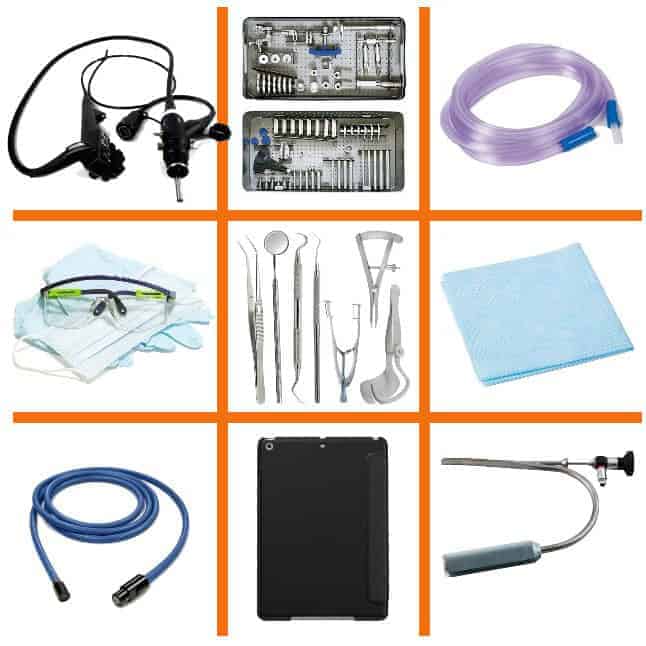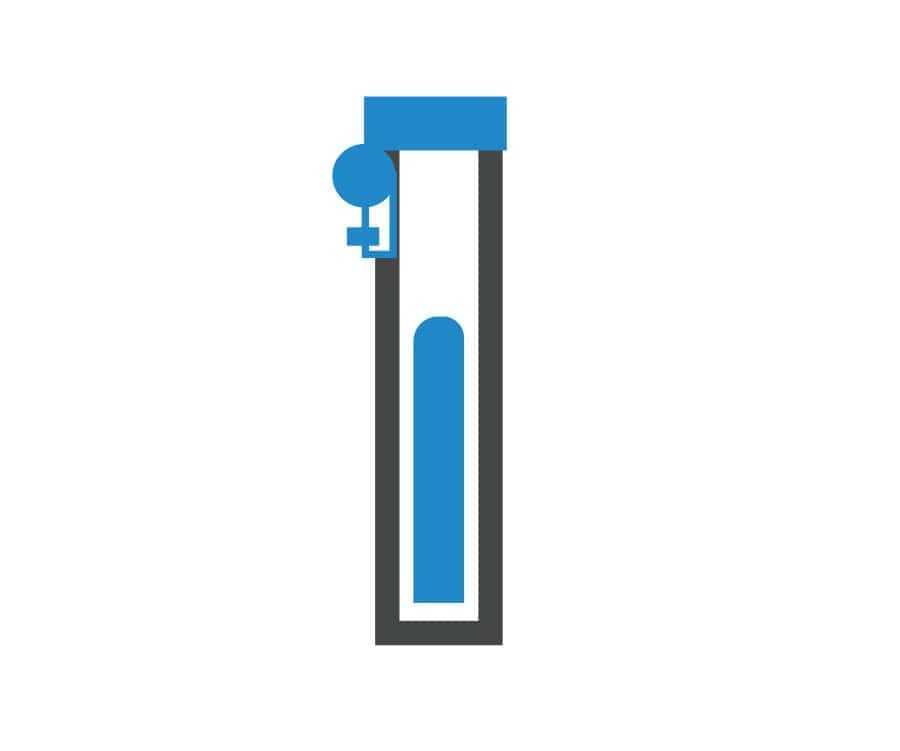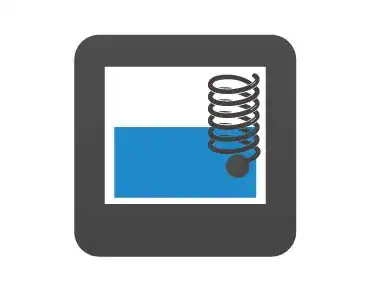The Perfect Complement
Expand Your Sterilization Capabilities
An Andersen ethylene oxide (EO) sterilizer is the perfect addition to any infection control strategy. It safely sterilizes delicate medical instruments without degradation. While autoclaves and other modalities are ideal for fast, high-temperature sterilization, Andersen sterilizers takes care of the rest — expanding your clinic’s capabilities.
Andersen EO sterilization provides low-temperature operation, poses minimal risk to operating personnel and is gentle on instruments. Its proven technology is compatible with almost all materials — including instruments made of plastic, those with electronic components and long lumens. By incorporating an EO sterilizer into your clinic’s infection control strategy, you protect your patients and preserve your instruments.

Technology
Gentle and Compatible
Andersen’s ethylene oxide sterilizers, featuring Flexible Chamber Technology®, protect delicate medical devices, including long lumens, electronics and those made of plastic, fabric and rubber — materials often incompatible with other modalities, like H2O2 and gamma. Except for food, drugs, and liquids, most devices can be safely and effectively sterilized using EO.
Andersen’s patented EO-Flexible Chamber Technology eliminates the common causes of device deterioration — high heat, steam and deep vacuum. This low-temperature process employs a microdose of ethylene oxide — just 1.7 grams. When EO is released into a sterilization bag and excess air is removed, ethylene oxide penetrates through all items inside the sterilization bag, achieving terminal sterilization. After a cycle, devices stored inside sterilization bags can remain sterile for up to six months.
Operator Safety
Operator safety is critically important when sterilizing with ethylene oxide. That’s why Andersen Sterilizers has developed exclusive technology to enhance safety. Our EO systems include comprehensive safeguards that are designed to minimize exposure and protect operating personnel, instruments and patients.

Training
Andersen Sterilizers requires operator safety training when a system is installed and provides free user training for the life of the sterilizer.

Service
A trained technician installs every Andersen system. Annual maintenance is recommended to ensure optimal performance.

Microdose of EO
Andersen sterilizers use a microdose of EO per cycle: just 17.6 grams! That is 90% less than any other sterilizer on the market.

EO Monitoring
Andersen produces the AN94 Vapor-Trak badge which measures EO exposure and includes postage for exposure analysis.

Ventilation
Andersen sterilizers use Flexible Chamber Technology®, as well as a system process which ventilates EO, ensuring operator safety.
Sterility Assurance
Sterility Assurance Level (SAL) represents the probability of a single viable microorganism surviving a sterilization process. It demonstrates how effectively a sterilization method eliminates microorganisms, such as bacteria, viruses, or spores.
Each SAL is expressed using scientific notation (10-n). A low-level sterilization process may achieve an SAL of 10⁻³, indicating that there is a one in 1,000 chance of a microorganism surviving. High-level sterilization for heat-resistant medical instruments may achieve a rating of 10⁻⁴ or a one in 10,000 chance of microorganism survival. An SAL of 10⁻⁶ is the industry standard of sterility devices entering areas of the body (excluding the digestive tract), representing a microorganism survival probability of one in 1,000,000.
Sterility Assurance Level (SAL) is an important factor in determining appropriate sterilization protocols. High-heat methods, which generally reach a 10⁻⁴ SAL, may be inadequate for sterilizing scopes or for procedures involving immunocompromised patients. Andersen sterilizers provide the highest standard of terminal sterility, achieving a 10⁻⁶ SAL, making them the perfect addition to your infection control strategy.
Expert Guidance for Your Needs
Tell us about your sterilization requirements — our experts are here to guide you to the perfect EO solution.
